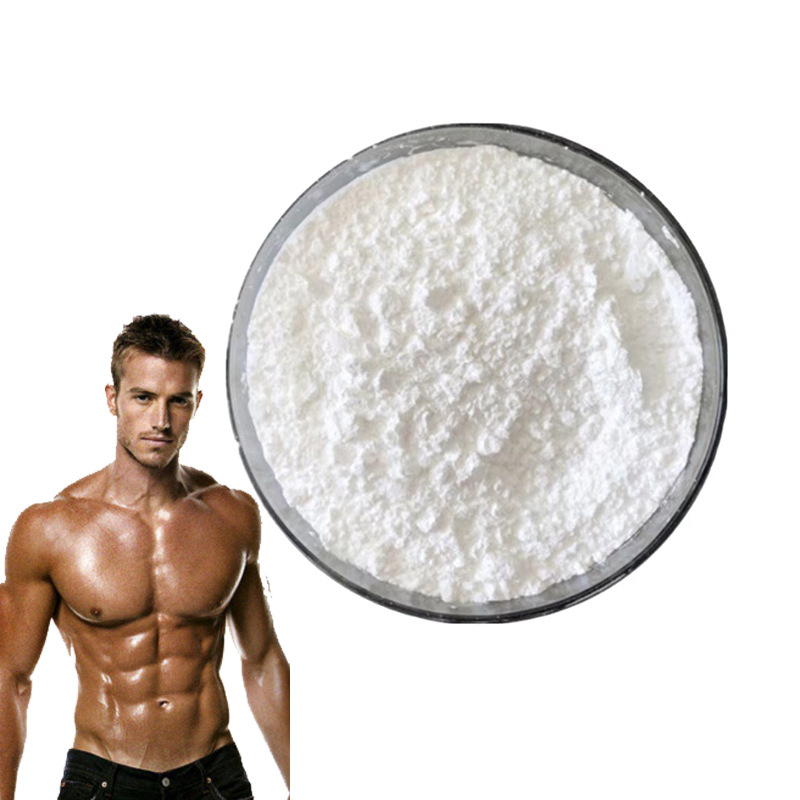Class of Compound:
PeptideMechanism of Action:
BPC-157 is known to stimulate vascular endothelial growth factor, which triggers the formation of blood vessels. Also, it blocks the growth-inhibiting action of 4‐hydroxynonenal. Further, it upregulates multiple growth receptors in the body and stimulates the production of fibroblasts, vital to the synthesis of collagen.Notable Studies:
Pentadecapeptide BPC 157 and the central nervous systemFistulas healing. Stable gastric pentadecapeptide BPC 157 therapy
BPC 157 counteracts QTc prolongation induced by haloperidol, fluphenazine, clozapine, olanzapine, quetiapine, sulpiride, and metoclopramide in rats
What is BPC-157?
BPC-157 refers to Body Protection Compound-157, a naturally occurring peptide found in human stomach juices. Composed of a sequence of 15 amino acids, the peptide can also be found in trace amounts in the gastric fluids of other mammals.The peptide plays a fundamental role in preserving the lining of the GI tract. However, researchers are interested in its application in other areas of the body—particularly in regards to wound healing, neuroprotection, and muscle and tissue growth.
Much of the research on BPC-157 to date has been done in laboratory animals, but researchers are now using the findings to date to help direct further research into the ways BPC-157 may be beneficial for human subjects.
It’s important to understand the potential side effects and risks of BPC-157 - along with dosing considerations, and legal status of the peptide - before purchasing it for research.
Our research team covers all of these questions below, before providing our top recommendation on where qualified researchers can buy BPC-157 online.

What Does BPC-157 Do?
BPC-157 was first isolated from body protection compound (BPC), which is found in the gastric juices and is part of the digestive process. It is composed of 15 amino acids, with the following chemical composition:
H-Gly-Glu-Pro-Pro-Pro-Gly-Lys-Pro-Ala-Asp-Asp-Ala-Gly-Leu-Val-OH.
The role of BPC in the gastric juice is an important one. As a compound that can promote healing, it helps protect the gastrointestinal tissues from damage and can help prevent and heal stomach ulcers or other injuries to the intestinal lining.
It also promotes angiogenesis, or the formation of new blood vessels, allowing for increased oxygenation to the tissues.
Because of these properties, isolated BPC-157 is of great interest to researchers. The peptide shows potential in a number of applications outside of the GI tract, including in its promotion of healing, muscle growth and repair, and injury recovery.
BPC-157 Benefits | Clinical Trials
Researchers have identified numerous potential benefits of BPC-157 in both laboratory animal and human studies, although the evidence available in humans is extremely limited at this time.
Here are some of the potential benefits of BPC-157:
Connects the brain and the digestive system: BPC-157 may play a role in the gut-brain axis, or the direct line of communication between the nervous system and the digestive system. Perhaps surprisingly, the two are deeply interconnected—with digestive health playing a significant role in neurological health and cognitive function.
Neuroprotection: BPC-157 has been shown to provide some neuroprotective effects in rats, helping to protect against harmful free radical damage or protect the brain and preserve brain function after exposure to harmful substances.
Improved memory: BPC-157 may help improve and preserve memory as a result of its neuroprotective effects.
Mood regulation: Its neuroprotective effects may also help with mood regulation.
Blood flow and angiogenesis: One of the most promising potential benefits of BPC-157 is its angiogenic effect, or its ability to promote the formation of new blood vessels, which may help improve vasculature and blood flow. This effect has been noted in rat studies.
Circulation and vasomotor tone pr: Some preclinical studies suggest have noted that BPC-157 modulates blood flow and vasomotor tone blood flow .
Reduced physical discomfort: Some early preclinical research suggests that BPC-157 may have nociceptive (pain relieving) properties. This effect was actually noted in a small chart review in humans—one of the few uses of BPC-157 that has human evidence at this time.
Increased energy: Because it can activate NO pathways, BPC-157 may help provide an energy boost. NO activators are a common ingredient in preworkout supplements.
Wound healing: The angiogenic properties of BPC-157 may also promote faster wound healing. It naturally occurs in the gastric juice and helps to prevent gastric ulcers, and researchers have found that it also helps promote faster healing of wounds in rats.
Liver protection: In laboratory animal studies, BPC-157 may be able to help protect the stomach, liver, and other tissues from NSAID medication overdoses. Researchers theorize it may offer similar protective benefits against alcohol and other toxins .
Muscle and tissue growth: In test-tube studies, BPC-157 stimulates growth hormone receptor expression—signaling the body to create new tendon tissue. It may also offer similar effects for bone, skin, and muscle .
Description
BPC 157 is not a steroid.It is a synthetic peptide derived from a protective protein and helps alleviate joint pain, injuries, and those looking to improve joint mobility. BPC-157 is often most used to treat stomach and intestinal conditions such as inflamed intestinal epithelium (leaky gut), eosinophilic esophagitis, and inflammatory bowel disease; however, its abilities to improve tpe 1 collagen and increase blood flow via angiogenesis means it is a powerful peptide for wound healing and overall regeneration following damage. Notably, BPC-157 aids in alleviating joint pain, old injuries and those looking to improve joint mobility.















